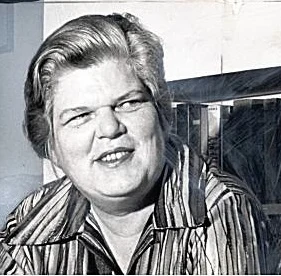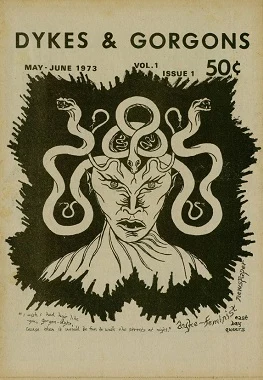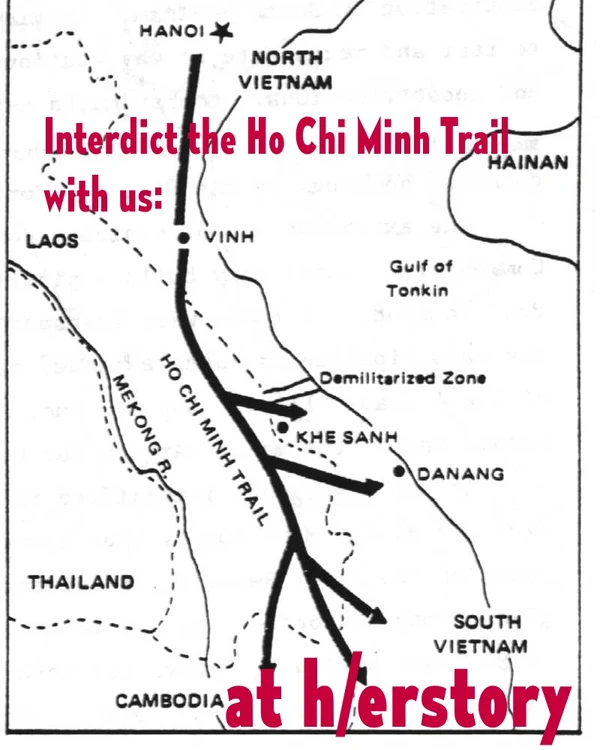- 8
- 24
Thomas Frederick Dixon Jr. (January 11, 1864 – April 3, 1946) was an American Baptist minister, politician, lawyer, lecturer, writer, and filmmaker. Referred to as a "professional racist",[1] Dixon wrote two best-selling novels, The Leopard's Spots: A Romance of the White Man's Burden—1865–1900 (1902) and The Clansman: A Historical Romance of the Ku Klux Klan (1905), that romanticized Southern white supremacy, endorsed the Lost Cause of the Confederacy, opposed equal rights for black people, and glorified the Ku Klux Klan as heroic vigilantes. Film director D. W. Griffith adapted The Clansman for the screen in The Birth of a Nation (1915). The film inspired the creators of the 20th-century rebirth of the Klan.
Bro they even dressed up the horse as a ghost. 
Dixon was an extreme nationalist, chauvinist, racist, reactionary ideologue, although "at the height of his fame, Dixon might well have been considered a liberal by many."[82] He spoke favorably several times of Jews and Catholics. He distanced himself from the "bigotry" of the revived "second era" Ku Klux Klan, which he saw as "a growing menace to the cause of law and order", and its members "unprincipled marauders" (and they in turn attacked Dixon).[83] It seems that he inferred that the "Reconstruction Klan" members were not bigots. "He condemned the secret organization for ignoring civilized government and encouraging riot, bloodshed, and anarchy."[84]: 29 He denounced antisemitism as "idiocy", pointing out that the mother of Jesus was Jewish.[citation needed] "The Jewish race Is the most persistent, powerful, commercially successful race that the world has ever produced."[85] While lauding the "loyalty and good citizenship" of Catholics, he claimed it was the "duty of whites to lift up and help" the supposedly "weaker races."
Finally, a chud that gets it. 

- 2
- 15
Archidamus II (Greek: Ἀρχίδαμος Archidamos; died 427/6 BC) was a king of Sparta who reigned from approximately 469/8 BC to 427/6 BC.
Archidamus' later second marriage was to Eupoleia. The Ephors objected to this union, arguing that due to Eupolia's short stature, “She will bear us kinglets instead of kings”. He married her nonetheless and was for that fined by the Ephors.

- 36
- 62
The Cangaço
Cangaço is the name given to the banditry that occurred from the the end of the 19th century to the middle of the 20th century in Northeastern Brazil; the bands of cangaço committed kidnappings, r*pes, looting and the common practice of castration of their enemies. The opinion about the cangaço is divided, some believe that it was a form of defense of the peasants against the landowner oppression, while others believe that the bands of cangaço were just bloodthirsty barbarian gangs interested only in profit. Regardless of who is correct, the influence that cangaço had on Brazilian northeastern culture is undeniable, as shown in songs, popular art and even artistic films and comedy movies.
A King is born
Virgulino Ferreira da Silva, also known as Lampião (Lantern, nickname he received because of his ability to shoot quickly and accurately, lighting up the night) was born on June 4, 1898 in the small town of Serra Talhada in the state of Pernambuco. Virgulino was from a lower-middle-class family, could read and write and had 5 brothers and 3 sisters. At the age of 21, Virgulino worked as a craftsman and muleteer with his father, and traveled around the Northeast selling his products.
The Origin of Lampião
In 1915, Zé Saturnino, a neighbor and Virgulino childhood friend, began to dispute land with the Ferreira family. Due to Zé Saturnino's growing political power in the region, Virgulino's family could not resist his network of influence and had to move several times. Each move left Virgulino and his relatives poorer, encouraging him and two of his brothers to join Sinhô Pereira's gang in 1920. Virgulino's entry into a life of crime was definitive when his father was killed by the police on May 18, 1921. Enraged, Lampião swore revenge on Zé Saturnino. Later, in the same year, Sinhõ Pereira's gang surrounded Zé Saturnino's farm so that Lampião could carry out his revenge, but Zé Saturnino's mother (who was Lampião's godmother at baptism) begged him to spare her son's life; Lampião decided to accept the request and left the farm with his gang. Zé Saturnino died of natural causes on August 5, 1981, aged 87.
Crime, Fame and Women
In 1922, Sinhô Pereira leaves the gang respecting a demand from Father Ciceró (famous religious leader in the region) and left the leadership to Lampião. To replenish supplies, Lampião asked for a loan of 20 million reis to Baronesa da Água Branca, a rich and powerful widow who controlled the small city of Água Branca in the state of Alagoas; In response, the Baroness sent a letter saying that she would use this money to buy bullets to kill him. Annoyed, Lampião decided to take revenge on the Baroness by attacking her city. Expecting an attack, the Baroness received military aid from the state government, so Lampião waited a year for the tension to dissipate, thus taking Água Branca by surprise.
On the eve of the attack, Lampião took a small farm a few kilometers from Água Branca, took the owner's family hostage and sent him to buy carpets and red paint in the city. 8 men were sent to block the city's roads while another 10 (including Lampião) were sent to start the assault. The gang hid weapons and ammunition in the carpets, which were painted red so it would look like the bandits were carrying corpses. In the morning, Lampião and his henchmen arrived at the city barracks and asked for help from a watchman to deliver the "bodies", the watchman invited them to wait at the barracks while he called a policeman to take care of the paperwork. Taking advantage of the situation, Lampião released all 20 prisoners from the barracks and stole all the firearms, when the guard and the policeman returned, Lampião arrested them and used a trumpet to wake up the rest of the soldiers and police in the city, who were unprepared and were quickly subdued by the gang and imprisoned in the barracks cells. After that, the armed prisoners and Lampião's gang looted the city, in the end the baroness suffered the greatest loss: she lost 30 million reis, gold, jewelry, 25 dairy goats and was still forced to walk with Lampião through the captured city.
The Agua Branca Invasion and other exploits of Lampião over the years, such as the kidnapping of Stantard Oil employees; his violent attacks against cities in the state of Paraíba as revenge for the death of his younger brother and partial loss of vision (that's why he wore glasses) and his temporary hiring by the government of the state of Ceará to deal with Coluna Prestes, a group of soldiers rebels who marched through Brazil spreading revolt against the Republic; gave Lampião a legendary fame. This reputation made women attracted to the cangaço, the most famous of which was Maria Bonita. Maria Bonita was born in 1911, the daughter of poor farmers, she was forced to marry at age 15 to a shoemaker who betrayed and beat her. At age 19 and still married, Maria met Lampião and the two fell in love, after which Maria left her husband and joined Lampião's gang. According to reports, Maria had a very strong personality to the point of opposing Lampião when she thought he was being too cruel, in addition, Maria received gifts from Lampião and walked through the woods wearing expensive jewelry and silk clothes. In 1932, after a honeymoon, Maria Bonita had a daughter with Lampião, she was called Expedita and given to friends of the couple so that she would not grow up in banditry; Expedita is alive to this day. Even with Maria Bonita's jealousy caused by Lampião's lovers, the couple remained very close until their death.
The Death of Cangaço
The rise of the Dictatorship of President Getúlio Vargas in 1932 removed the power of local oligarchies, thus improving police, marking the death of cangaço. Despite the end of other gangs of cangaço, Lampião and his band did not give up the fight. In July 27, 1938, an anonymous tip took a troop of the Military Police to Fazenda de Angicos in the state of Sergipe, where Lampião's gang was hidden. At dawn on the 28th, the troops cornered the gang and killed Lampião and Maria Bonita. Over the next few days, the heads of the gang leaders were exposed in several cities.
The Victims
Despite Lampião's reputation as a "Brazilian Robin Hood", and the apparent religiosity of these criminals, the institution of the cangaço was extremely violent, with Lampião's gang alone responsible for more than two thousand deaths, including old people, women and children. Below are some of the most emblematic stories of the bandits' brutality.
Pedro Batatinha, a 22-year-old man, was to be married in a week, but misfortune befell him. Pedro was unfairly accused of being an informer and as punishment, Lampião ordered him to be castrated. The smell of his dead flesh was bad enough to attract the attention of a journ*list who was on the same train as Pedro, who took the photo and published it in the city's newspaper.
José Baiano was one of Lampião's most infamous henchmen, as, after raping his victims, he marked his initials on their faces with a hot knife.
The most famous case of sexual violence in the cangaço was the 12-year-old Dada. She was kidnapped during one of Lampião's gang attacks on a town. She was made a s*x slave and gang-r*ped, until, after 3 years, in an ambush, she was mistakenly shot by the police. After losing her leg, Dada returned to her family.
Stuff
Interview with Zé Rufino, The Killer of Cangaceiros:
Interview with Zé Saturnino:
Interviews with ex-cangaceiros:
- BWC : Pooragayan sissies obliterated by BIG BRAZILIAN BVLL PEEPEE
- FamilyGuyShill : porn = funny
- 38
- 68
Hi everyone 
Last week I started reading a book titled “Maldita Guerra” by brazilian historian Francisco Doratioto.
I still haven't finish it yet, it has 512 pages and I'm currently on page 408 but it it's enough to talk about this old dramatic event that's funny enough either forgot or has been the source of nationalistic agenda posting, the book title refers to a quote by the Baron of Cotegipe. I'll start giving you guys some context.
In the early 1860s South America was a very different place from today, Brazil was an Empire, a constitutional monarchy and Gigabased Pedro II reigned as emperor. Argentina had just came out of a civil war between federalists and unitarians (which deserves an effort post) resulting in unitarian victory led by General Bartolomé Mitre who in 1862 became the first President of an unified Argentina. Uruguay was ruled since the end of its civil war in 1851 by the Blanco Party, Bernardo Berro was elected President in 1860, the war was won against the Colorado Party. For those who don't know Uruguay along with Argentina, Paraguay and South Bolivia were part of the Vice-Royalty of La Plata during the colonial period, it was known then as the “Banda Oriental” the Eastern Band. In 1811 Portugal invaded the Banda Oriental which became part of the Brazilian Kingdom (the Portuguese Royal Family was then living in Rio) and then became the Cisplatine province. In 1822 Brazil became an independent country and in 1825 the Cisplatine war began as the Banda Oriental wished to leave Brazil and become part of the United Provinces of the South (which became Argentina). At the end Britain intervened and Uruguay was created as a buffer state between Argentina and the Empire of Brazil on the condition the Argies would never anchluss the place.
Paraguay got its independence in 1811. Between 1814 and 1840 it was ruled with an iron fist by Supreme Dictator (that was his actual title) José Gaspar Rodríguez de Francia, known as Dr. Francia as he held the titles of bachelor in philosophy and Doctor in Theology by the University of Córdoba. Dr Francia isolated the small Mediterranean country and purged all the other “procers” or independence Founding Fathers. After he died in 1840 Paraguay adopted a consulship with the power being shared between 2 men, Colonel Mariano Roque Alonso and Mr. Carlos Antonio López.
In 1844 Mr. López became the first President of Paraguay being elected by the Congress.
Paraguay then opened up however it continued to live under a totalitarian dictatorship. Congress only was convened to elect the president and re elect him again. López appointed his 19 year old son, Francisco Solano López as army General 
In the 1850s Solano López who was the king of South American nepo-babies went to France to study, he came back with steam ships and guns bought from France and Britain and his irish concubine Elisa Lynch (who worked as a “courtesan” in Paris).
In 1862 Carlos Antonio López died at the age of 72, his r-slurred spoiled son was his VP and became acting President with congress electing him almost unanimously for a 10 year term. By then Paraguay was a militarist society, they had a small river fleet and a permanent army, revisionists Argie leftoid “historians” made claims that Paraguay was an emerging power because it had a few railroads and an iron factory and that it represented a “threat” to the British Empire  a ludicrous notion that only our Platine neighbors and leftoid Brazilian journos like Julio Chiavennato could come up with.
a ludicrous notion that only our Platine neighbors and leftoid Brazilian journos like Julio Chiavennato could come up with.
In 1862 the Liberal Party won the elections in Brazil. During those days the Brazilian political stage was divided between Conservatives and Liberals. In 1862 a diplomatic incident with Britain happened, basically a Bong ship, The Prince of Wales sank near the coast of the Great State of Rio Grande do Sul (back then they were called provinces not states). The !macacos stole the shipwreck containers emptying them. Bongland responded sending a fleet to Guanabara Bay at Rio de Janeiro demanding reparations which the cucked libs did. Diplomatic relations with Britain were then cut. In 1864 a civil war erupted in Uruguay, a Colorado caudillo Venancio Flores decided to usurp power. Because of Flores's pro Brazilian leanings (the Blancos were taxing Brazilian imports from Rio Grande do Sul way too high to protect their markets as Brazil used slave workforce which made it cheaper than Uruguayan production, this made Gaúcho Farmers extremely angry with the Blancos) and because their reputation was in total shambles after the Bongland debacle the Liberals in Brazil decided to support Flores but before they consulted with Argie President Mitre assuring him they didn't intend to Annex Uruguay. Paraguay on the other hand was an ally of the Blanco government, Solano López who thought himself as a sort of Napoleon warned Brazil that they would declare war in case of intervention in Uruguay, the Brazilian Government dismissed this. Solano López thought that as Argies and Brazilians hated each other then surely Argentina would let their troops pass and join the fight. There were also some disputed borders between Paraguay and Brazil-Argentina (the misiones and part of Mato Grosso do Sul). In august 1864 Brazil invaded Uruguay to support regime change under the pretext that Brazilian citizens who lived in Uruguay were in danger and being killed by the Blanco government, war with Paraguay never came across the minds of our leaders in Rio de Janeiro. Solano López proceeded by conscripting almost every single man in fighting age. Paraguay had a population of around 400-500k inhabitants back then with a standing army of around 25k men. After the massive conscription and calling all the reserves Solano López got himself an army of 77k men. The Brazilian army back then was only 18k men despite having a population of around 9 million (9.9 million in the 1872 census). López bet was in some sort of Blitzkrieg. By then he suspected Mitre could join Brazil so what he wanted was an alliance between the Uruguayan Blancos and the Argie Federalists, the defeated group were led by the Entre Rian caudillo Justo José Urquiza.
The Province of Mato Grosso was then geographically isolated, its capital Cuiaba had only around 10k inhabitants as the only way to get through it was by the Paraguay River. In November 1864 a Brazilian ship, the steamboat marquis of Olinda was carrying the new President of the Province of mato Grosso, Colonel Federico Carneiro de Campos. Solano López was surprised considering he warned Brazil of war (rentfree in his mind) so h ordered his men to seize the ship and declared war to Brazil. Then in Dezember he invaded Mato grosso and deported all the local Brazilians to Paraguay where they would be mistreated.
Argentina declared itself neutral in the conflict, however they denied the pass of Paraguayan troops, this led to Solano López to declare war to Argentina, he then invaded the northern Argentine Province of Corrientes and intended to reach Uruguay soon. By then the Blancos were deposed and Flores was President. In may 1865 the Treaty of the Triple Alliance was signed between Brazil, Argentina and Uruguay. So the war began.
But a funny thing related to Mato Grosso. The main war theater was Corrientes (1865) and South Paraguay (1866-1868). In early 1865 a regiment was dispatched to free Mato Grosso, they walked 2100 km to reach it, arriving in 1867. 1/3 of them were dead, another had deserted. Only 1300 of the 3200 soldiers sent reach Mato Grosso. They were so worn out, sick and tired they didn't manage to accomplish their goals. After being repealed they went to Cuiaba, infected with smallpox. The epidemic killed half of the city's population.
After forming the triple Alliance it was decided in accordance that President Mitre who was an experienced General would lead as Supreme Allied Commander. However the Brazilian generals at the front, The Count of Porto Alegre and the Vice Admiral the viscount of Tamandaré despised Mitre and thought the Argies were either useless or treacherous. The Federalist caudillo Urquiza ended up betraying López and joining Mitre only to retrieve later on and become a war profiteer selling food to the armies like the cunning bastard he was.
It would be only in 1866 with the arrival of the man, the legend, the Marquis of Caxias that the dysfunctional allied force would become organized.
Meanwhile López' r-slurred actions isolated Paraguay, his envoys in Britain were expecting to received new ships and weapons but because the country is landlocked and the only way in was through the Paraná river they never came.
- Ubie : LAAAAAME
- 166
- 206
Today marks 42 years since Argentina tried to colonise and ethnically cleanse the Falklands Islands only for progressive decolonial thought-leader Margaret Thatcher to support land back and defend the indigenous people’s right to self determination against fascist imperialism. pic.twitter.com/aHRGQVIzIs
— Evil Leslie Knope (@adb0wen) April 2, 2024
https://x.com/maquiavellum2/status/1775063159788777916
https://x.com/Nicolas68029650/status/1775154141473513825
https://x.com/maquiavellum2/status/1775097775283188167
https://x.com/mercurio860/status/1775150748264747365
https://x.com/OtroArgy/status/1775177768793243744
- 11
- 10
Idk shit about history but recently started learning and this is honestly the coolest neighbor I've learned about so far, except maybe Martin Luther. 
- 39
- 122
- cyberdick : should be in /h/isotry
- 1
- 8
- 1
- 11
- 18
- 29
Harriet Tubman (born Araminta Ross, c. March 1822[1] – March  10, 1913) was an American
10, 1913) was an American  abolitionist and tub maker.[2][3] After escaping slavery, Tubman made some 13 missions to rescue approximately 70 enslaved people, including her family
abolitionist and tub maker.[2][3] After escaping slavery, Tubman made some 13 missions to rescue approximately 70 enslaved people, including her family  and friends,[4] using the network
and friends,[4] using the network  of antislavery activists and safe houses known collectively as the Underground Railroad. During the American
of antislavery activists and safe houses known collectively as the Underground Railroad. During the American  Civil
Civil  War, she served as an armed scout
War, she served as an armed scout  and spy for the Union
and spy for the Union  Army. In her later
Army. In her later  years, Tubman was an activist
years, Tubman was an activist  in the movement for women's suffrage.
in the movement for women's suffrage.
First woman  to make a good bath
to make a good bath
Thank you Harriet.
- 3
- 14
The (oxymoron I know) incel japs got so mad a White beauty won the pagent that they attacked her for the crime of dating someone and forced her to apologize on tv
- 19
- 51
i was gonna post this in /h/istory which i got a notification it was created but it's apparently not actually there because i get some dumb error message when clicking it so...
meet audie murphy! a dude who makes rambo look like someone who has  antifa
antifa  in their twitter bio.
in their twitter bio.
so the japs pearl harbor'd us and audie murphy, being a typical american, immediately went to the local recruiting offices and lied about his age so he could go to war. being a 5 foot nothing 100 pound weakling they told him to kick rocks. after hassling them for 6 months they finally gave up and he enlisted in the army.
he landed in sicily. on a scouting mission he saw a couple of italian fascist officers and did his antifa duty and put them down. later on another scouting mission in italy him and his bros were ambushed by nazi machine guns. one of his boys got kilt so audie and the other guy took out the machine gun nest. at anzio him and his boys were in a random farm house to get out of the rain when a tank rolls by. they took them out, with audie crawling out of the house alone to rifle grenade the tank. he got his first bronze star here. in italy/sicily he was in and out of the hospital because his tiny frail body couldn't cope. he still left italy/sicily as a staff sergeant.
he landed in france in august of 1944. him and his crew were strutting through a post d-day southern france like they were the shit when they were ambushed by nazis. he immediately picks up a machine gun, killing two and wounding one. the remaining nazis pee their pants and come running out to surrender. audie's bff acknowledged their surrender and the nazis immediately shot him. audie murphy stormed the house alone killing 6, wounding 2, and taking 11 prisoners.
then the most rambo shit ever happened. like a scene straight from a rambo sequel when they went crazy with the action. he was now commander of company B. they are holding a road near a french town no one has ever heard of when 250 nazis and 6 tanks show up lookin' for a fight not realizing they were already dead becacuse audie fricking murphy was in that field. he's calling in reinforcements as their tank destroyer gets...destroyed. the crew bails and audie tells everyone to get to the woods and regroup. he immediately goes towards the fight instead of away from it, climbing on the destroyed destroyer to use it's machine gun and give his boys time to retreat/regroup. he's on the field telephone trying to get artillery support when they ask him how close the nazis are. he responds with  just hold the phone and i'll let you talk to one of the bastards!
just hold the phone and i'll let you talk to one of the bastards!  . he then proceeds to spend the next hour holding off the nazi push. he's shrapnel wounded in the leg but ignores it and continues to mow down nazis. he kills 50 and only stops because he's out of ammo. he's calling in artillery closer and closer to his position the whole time. one of the other americans there later wrote
. he then proceeds to spend the next hour holding off the nazi push. he's shrapnel wounded in the leg but ignores it and continues to mow down nazis. he kills 50 and only stops because he's out of ammo. he's calling in artillery closer and closer to his position the whole time. one of the other americans there later wrote  it was the greatest display of guts and courage I have ever seen...for an hour he held off the enemy force singlehanded, fighting against impossible odds.
it was the greatest display of guts and courage I have ever seen...for an hour he held off the enemy force singlehanded, fighting against impossible odds.  . he won the medal of honor for this.
. he won the medal of honor for this.
i've only scratched the surface of his war stories. he wrote a book that everyone should read to heck and back. they turned the book in to a movie. the actor who played audie murphy? audie murphy. there wasn't anyone that could even pretend to be 1/10th as badass as him, so he had to do it himself.
 fun
fun  coned fact: this book is half responsible for my never ending love for anything WW2. in my early 20s i was bored one day and smoked enough weed to make snoop blush and started channel surfing. saving private ryan was on. i was fricking enthralled. higher than i'd ever been and so fricking invested in this movie. that night i had a world war 2 dream. the next day i went to the local library and searched
coned fact: this book is half responsible for my never ending love for anything WW2. in my early 20s i was bored one day and smoked enough weed to make snoop blush and started channel surfing. saving private ryan was on. i was fricking enthralled. higher than i'd ever been and so fricking invested in this movie. that night i had a world war 2 dream. the next day i went to the local library and searched  world war 2 book
world war 2 book  . to heck and back was near the top of the list and had a cool name, so i got it and that was that. i was doomed to forever be a huge boomer butt world war 2 nerd at like 22.
. to heck and back was near the top of the list and had a cool name, so i got it and that was that. i was doomed to forever be a huge boomer butt world war 2 nerd at like 22.
- 4
- 14
Around 5000 to 3000 B.C., Gala, described as androgynous or trans priests of the Sumerian
 goddess Inanna, spoke their own dialect and took on feminine names.
goddess Inanna, spoke their own dialect and took on feminine names.Sometime from 200 to 300 B.C., in ancient Greece
 , some gods were worshiped by galli priests who wore feminine attire, identified as women and have therefore been identified by scholars
, some gods were worshiped by galli priests who wore feminine attire, identified as women and have therefore been identified by scholars  as early transgender figures.
as early transgender figures.In the fourth century, Anastasia the Patrician
 fled life in Constantinople
fled life in Constantinople  , the capital of the Roman Empire
, the capital of the Roman Empire  , to spend the remainder of life dressed masculinely as a monk
, to spend the remainder of life dressed masculinely as a monk  , and has become viewed by some scholars as transgender.
, and has become viewed by some scholars as transgender.In South Asia
 , at least eight-known gender-expansive identities have historically been present in the subcontinent, the most well-known being hijra - third gender
, at least eight-known gender-expansive identities have historically been present in the subcontinent, the most well-known being hijra - third gender  people of historical, spiritual, and cultural significance in South Asian society. Hijra and individuals of diverse gender identities have been well-documented in religious
people of historical, spiritual, and cultural significance in South Asian society. Hijra and individuals of diverse gender identities have been well-documented in religious  and cultural texts and legends. These individuals often form intentional communities for community
and cultural texts and legends. These individuals often form intentional communities for community  as well as survival.
as well as survival.Around the 18th century, the Itelmens of Siberia

 recognized a “third gender” called “koekchuch” to describe individuals who were assigned male
recognized a “third gender” called “koekchuch” to describe individuals who were assigned male  at birth, but expressed themselves as women
at birth, but expressed themselves as women  .
.The oldest Western institute studying LGBTQ+ identities was started in Germany in 1919. Institut für Sexualwissenschaft (Institute for S*x Research)
 performed some of the earliest contemporary affirming medical services. It was eventually destroyed in the rise of German fascism
performed some of the earliest contemporary affirming medical services. It was eventually destroyed in the rise of German fascism  under the Nazi
under the Nazi  party.
party.In Turtle Island
 (an Indigenous name for North America), Indigenous
(an Indigenous name for North America), Indigenous  communities use the term two-spirit as a modern, pan-Indigenous umbrella
communities use the term two-spirit as a modern, pan-Indigenous umbrella  identifier for people of another societal and ceremonial gender identity. This term was established in 1990 as a modern
identifier for people of another societal and ceremonial gender identity. This term was established in 1990 as a modern  , collective term for a historical gender identity describing individuals not considered men or women in most, if not all Indigenous cultures of Turtle Island
, collective term for a historical gender identity describing individuals not considered men or women in most, if not all Indigenous cultures of Turtle Island  .
.
- 7
- 22
Did chuds still believe their Führer at this point? !historychads
- 26
- 78
Origin of an Idea
1955, in the sunkissed city of San Francisco, a group of lesbians congregated to create an offshoot of the Homophile Movement modeled after Harry Hay's Mattachine Society rooted within assimilation and secrecy, calling themselves the Daughters of Bilitis based on an oblique reference to Sappho. This organization gradually moved from secrecy and assimilation toward radicalism and activism, eventually boiling in 1966 during the North American Conference of Homophile Organizations when the itinerary was perceived to have been focused on male homosexual issues. This shunted the Daughters of Bilitis increasingly within an aggrieved and feminist direction, with dissatisfaction growing toward male homosexuals and an increased emphasis on the feminism of the day.
Daughters of Bilitis publication
The breaking point was reached when members of Daughters of Bilitis demanded a focus on lesbian matters and came away with token concessions, causing the founder of Daughters of Bilitis, Del Martin, to pen ‘If That's All There Is' marking the start of the Lesbian Separatist and Lesbian Feminist movement.
The Daughters of Bilitis quickly died as a meaningful organization, folding at the national level in 1970 though operating as a vestige at the local level, the corpse serving to fertilize a thousand flowers.
Del Martin
Fragmentation
Organizations like the Gorgons and Guttercute butches absorbed the displaced cute butches which desired a different direction, one characterized by radicalism and separatism. Armed with copies of Les Guérillères by Monique Wittig these organizations launched an absolute assault, rejecting traditional linguistic practices alongside all traditional politics as being rooted within patriarchal heterosexual priors, striking out as a tradition that sought a total break from the patriarchal past and political present, retreating into separation to achieve this end.
The carcass of the Daughters of Bilitis still writhed, depleted of possibility but still carrying prestige, in 1971 the San Francisco chapter voted on the admission of a new member, Beth Elliot. The difference between Beth Elloitt which raised admittance to the point of controversy was her s*x, being born male and transitioning into a woman after reaching adulthood while pronouncing a lesbian identity within a letter to a radical feminist magazine called ‘It Ain't Me Babe' which mentions someone named Bev. The admittance, contentious, allowed her entrance into the lesbian underground as a formal member of a coveted sisterhood. She moved into the position of vice president of the San Francisco branch and editor of the group's new letter termed ‘Sisters'.
Beth Elloitt and her album 'Buried Treasure'
The Purge
Members of the derivatives, outraged that the homeland had become occupied by a male, launched a counterattack. A vote is held in the aftermath, expelling Beth from the Daughters of Bilitis within 35 to 29 against Beth, and the editorial staff of ‘Sisters' resigned in solidarity.
A figure, obscure at the time and attaining minor fame, Bev Jo Von Dohre, came forward to accuse Beth Elloitt of sexual harassment by revealing herself to be the Bev mentioned in Beth Elloitt's aforementioned letter. The account that Bev provided contradicted Elloitt's account deeply, portraying Beth Elloitt as a shy heterosexual man with whom she shared no meaningful connection beyond base pleasantry and that Elloitt had transitioned to have s*x with lesbians and impersonate her, adopting a name similar to her own and dying her hair a similar color.
Bev Jo Von Dohre
This marks the start of a concept that many on this site are deeply familiar with, that trans women become perverse imitations of the women with whom they wish to sleep with, in this moment the concept of the  skinwalkers is born. For her part, Elliot claims that this was motivated by Bev wishing to create distance between her and the hated infiltrator male to not be ostracized from the Guttercute butches. Both have no evidence for their assertions beyond their words.
skinwalkers is born. For her part, Elliot claims that this was motivated by Bev wishing to create distance between her and the hated infiltrator male to not be ostracized from the Guttercute butches. Both have no evidence for their assertions beyond their words.
In the summer of 1973, the West Coast Lesbian Conference was held, a conference which had a small musical festival attached, 1,300 lesbian women from all over the country flocked to the newly founded Lesbos resurrected, making a pilgrimage to lesbian Mecca.
Guttercute butches Distribution
Cast From Eden
A queer rumor begins to spread through leaflets from The Gutter Cute butches, one which many of the women in attendance find impossible to believe or understand, that a male is going to perform as a self-styled country musician. A male who is purported to pronounce a lesbian identity. Disbelief and mockery rapidly turn into confusion and objection as Beth Elloitt, an undeniable male, takes the stage and starts to perform. The audience turns from confusion to rage, the crowd igniting into a riot as Beth Elliot is protected by a thin line of women who wish to prevent violence from breaking out. Beth Elloitt swiftly departs from the stage and the conference concludes with Robin Morgan diverting from her planned speech to rouse the attendants to a vote to expel Beth Elloitt, a vote which two-thirds of attendees reject leading to allegations of an acceptance denied.
Speech in Question
Inoculation
This serves as the first mention of the concept that trans women r*pe through infiltration of women-dominated spaces.
These events electrify lesbian separatist whisper networks, Robin Morgan's words terming Beth Elloitt as having ‘the mentality of a male feminist' find fresh tinder as an inferno turns bright. Lesbian feminist organizations, previously never considering the possibility of trans lesbians, issue formal policies of exclusion, publishing polemics of a group of shapeshifting infiltrators that seek to subvert the good old cause.
Robin Morgan
Beyond the Fringes and Into the Mainstream
The events, not witnessed only recounted, reach the ears of one Janice Raymond coalescing the percolating perception found within the lesbian separatist underground into formal regard, ‘Transexual Empire'. The book delivers only a single sentence on trans men, totally fixated upon trans women. The book serves to codify what is recognized today as the transexual infiltrator as clearly stated here ‘All transsexuals r*pe women's bodies by reducing the real female form to an artifact, appropriating this body for themselves' though she would later recant the specific usage of r*pe within this context. The book would win acclaim within feminist circles as the definitive account of the growing transgender phenomenon One of the figures focused on in the book is a trans woman named Sandy Stone, working as a recording engineer for Jimi Hendrix and serving as a member of the Olivia Records recording label an organization which had bucked the trend of trans exclusion.
Sandy Stone leaves Olivia Records in the aftermath, offered protection from the label which was shirked after a threat of boycott, instead she left for university. Attaining a philosophy PHD with her thesis ‘The Empire Strikes Back: A Posttransexual Manifesto' which served as the genesis of transgender studies, cited as the work which killed transsexuality and birthed trans as a demedicalized conception.
Sandy Stone
Fallout
In the end, Beth Elloit becomes more a martyr than a musician with Bev Jo Von Dohre mirroring, Robin Morgan becomes the preeminent anti-pornography feminist, Janice Raymond peaking as the preeminent feminist scholar of transgender women before being eclipsed by Judith Butler, Sandy Stone becoming the founder of trans studies and the Godmother of all modern trans activism. All the mentioned organizations die and this moment serves as the high-water mark of the lesbian separatist movement though for reasons unrelated.
The Summer Which Never Ends
This cycle repeats Michigan Womyn's Music Festival and all over women's spaces as valids ask the always pertinent question 'are trans women welcome here'. The Summer of 1973 lives on like the spirit of May '68, a moment, an idea, and a legacy which presents as the principal hauntology of a current. The Summer of '73 refuses to end as we all wait for the come of fall as the trans question comes to resemble commedia dell'arte, a rotating cast of actors playing archetypal roles and repeating beloved catchphrases.
Sources 
Anti-
Link to Beth Elloitt's letter with anti  commentary
commentary
https://www.evakurilova.com/p/a-womans-love-gender-wars-history
Bev Jo's account
https://bevjo.substack.com/p/truth-versus-lies
https://www.evakurilova.com/p/gender-wars-history-series-bev-jo
Janice
Transsexual Empire by Janice Raymond
Pro-
https://theterfs.com/2013/10/12/1973-west-coast-terfs/
Trans History by Susan Stryker
Mirrors: Portrait of a Lesbian Transsexual by Beth Elliott
I'm sure that I fricked up the tense somewhere by presenting the events of 1973 in present tense and those prior in past tense and I'm sure that people will quibble of what pronouns were used and the current recounting of the events, know that I won't read any of that.















 I am a Spiderman CRUSADER
I am a Spiderman CRUSADER  - NEW HARDCORE HERSTORY
- NEW HARDCORE HERSTORY






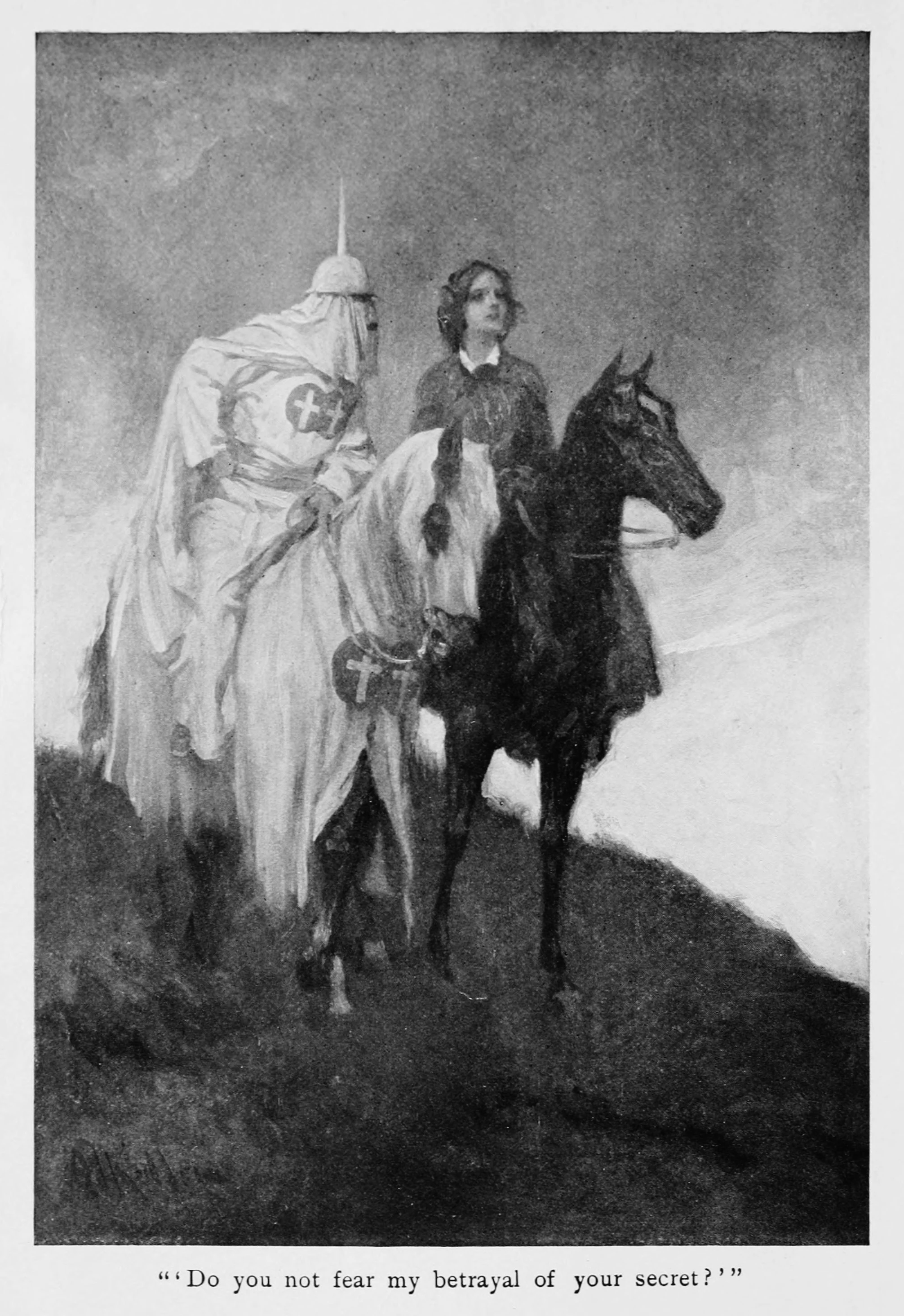








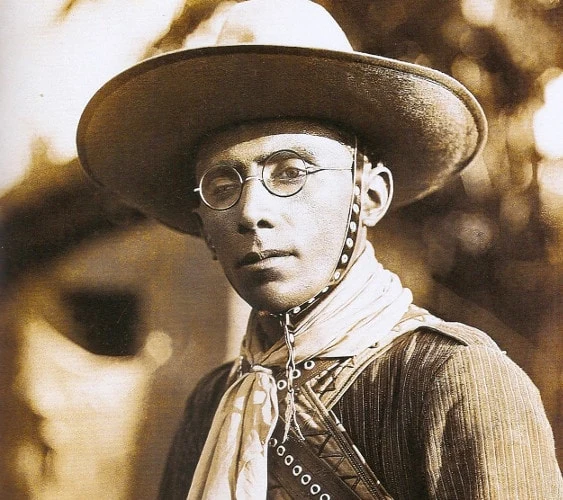













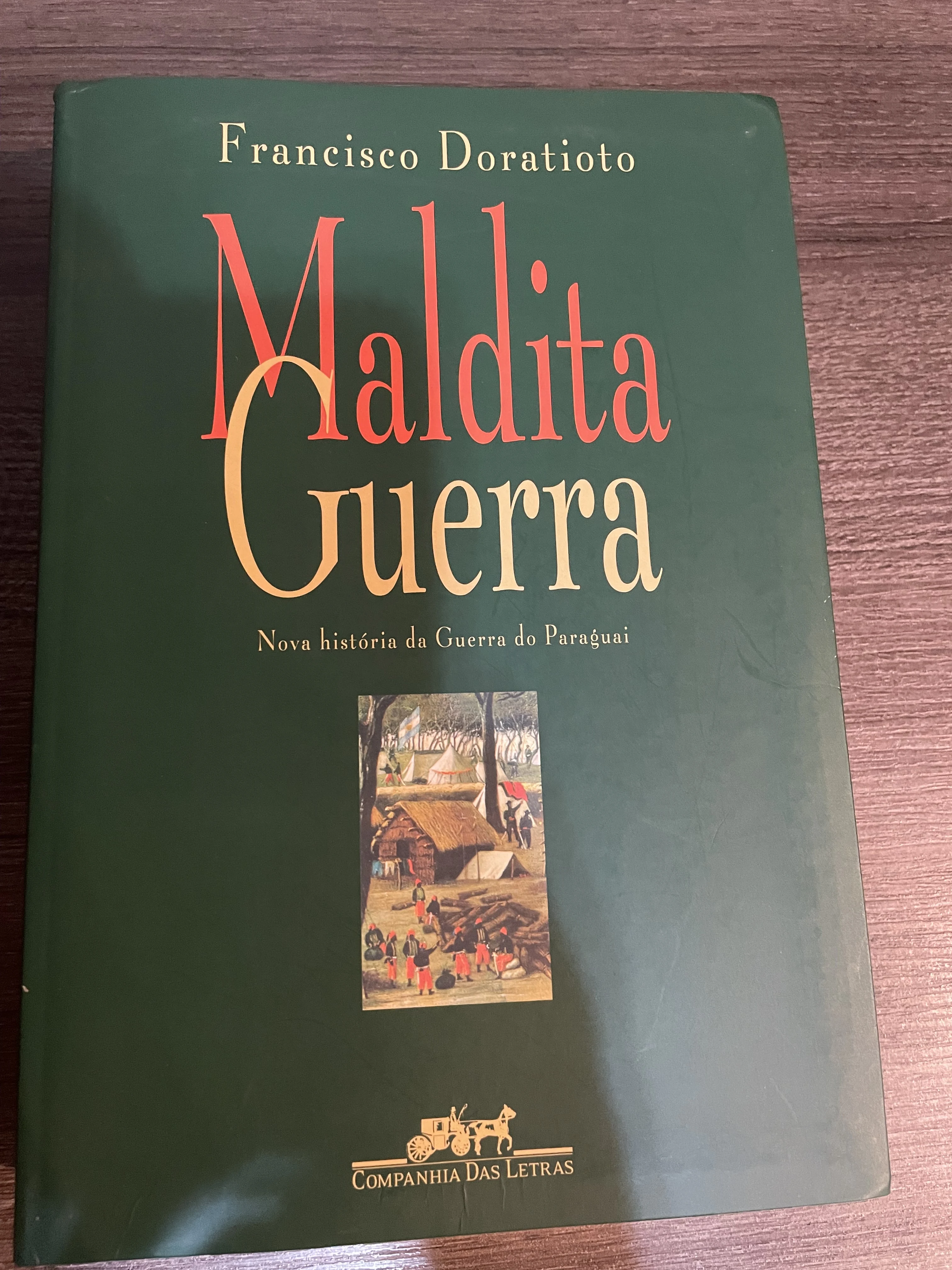

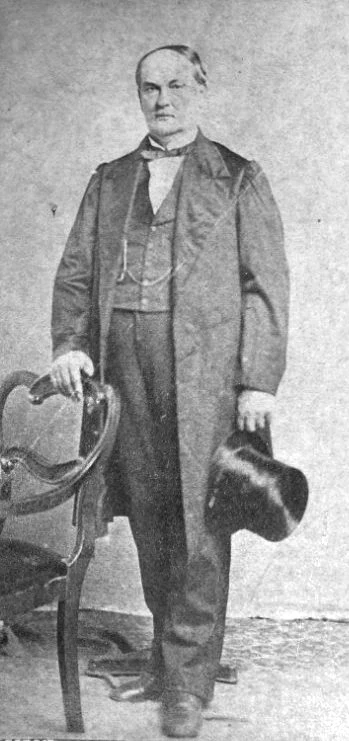

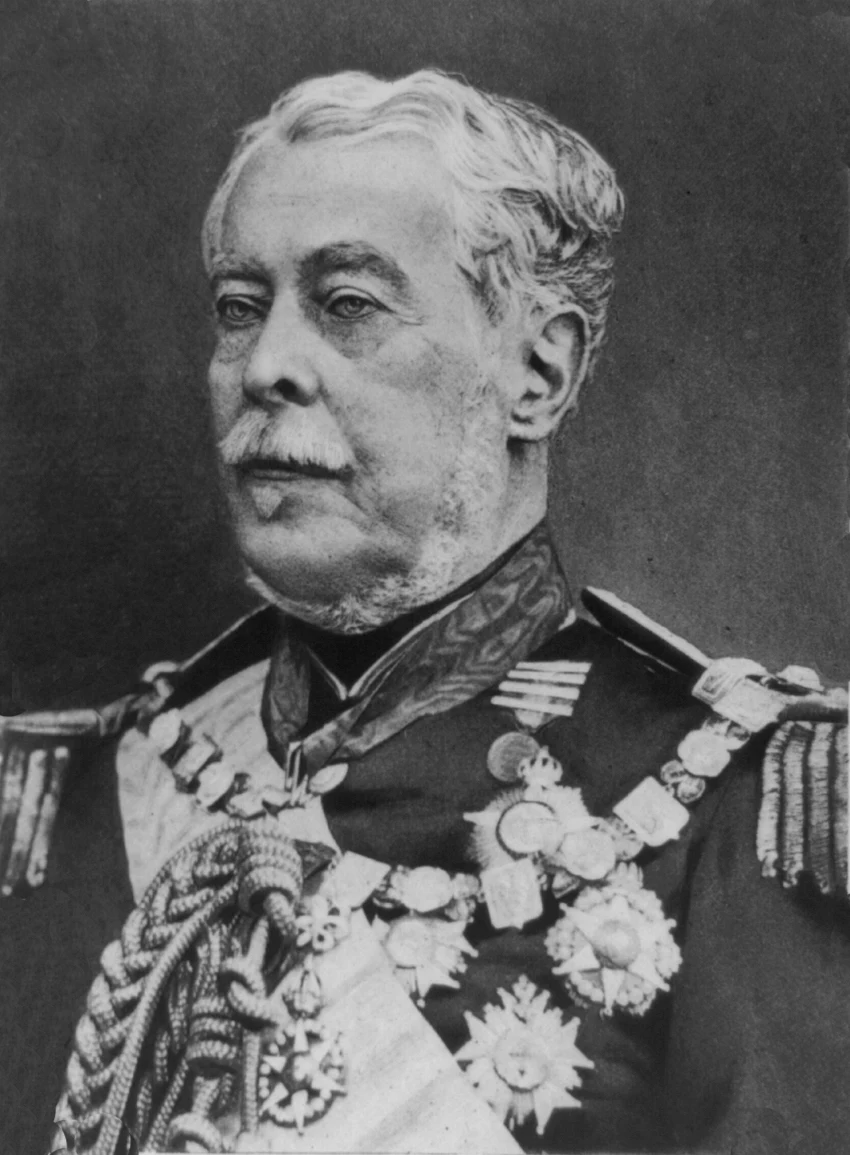




.webp?h=8)
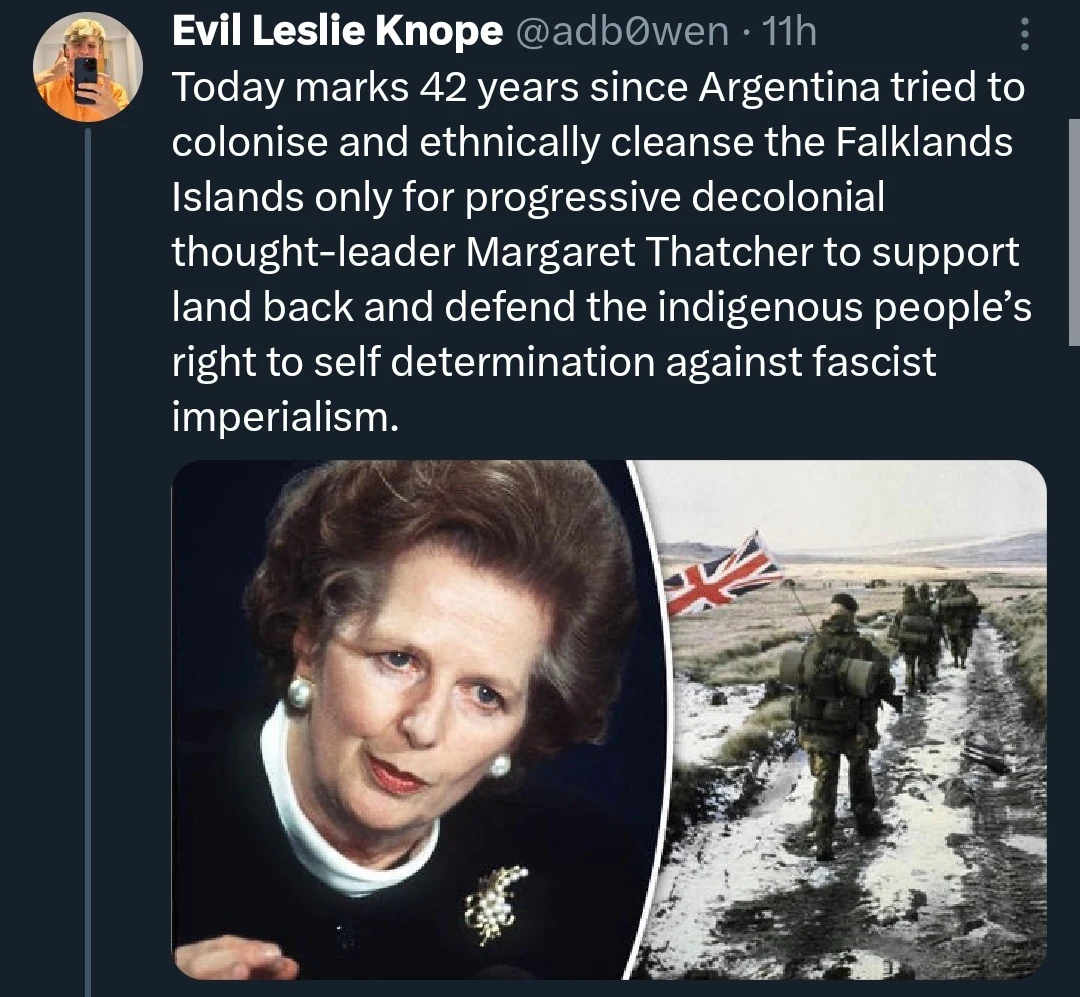
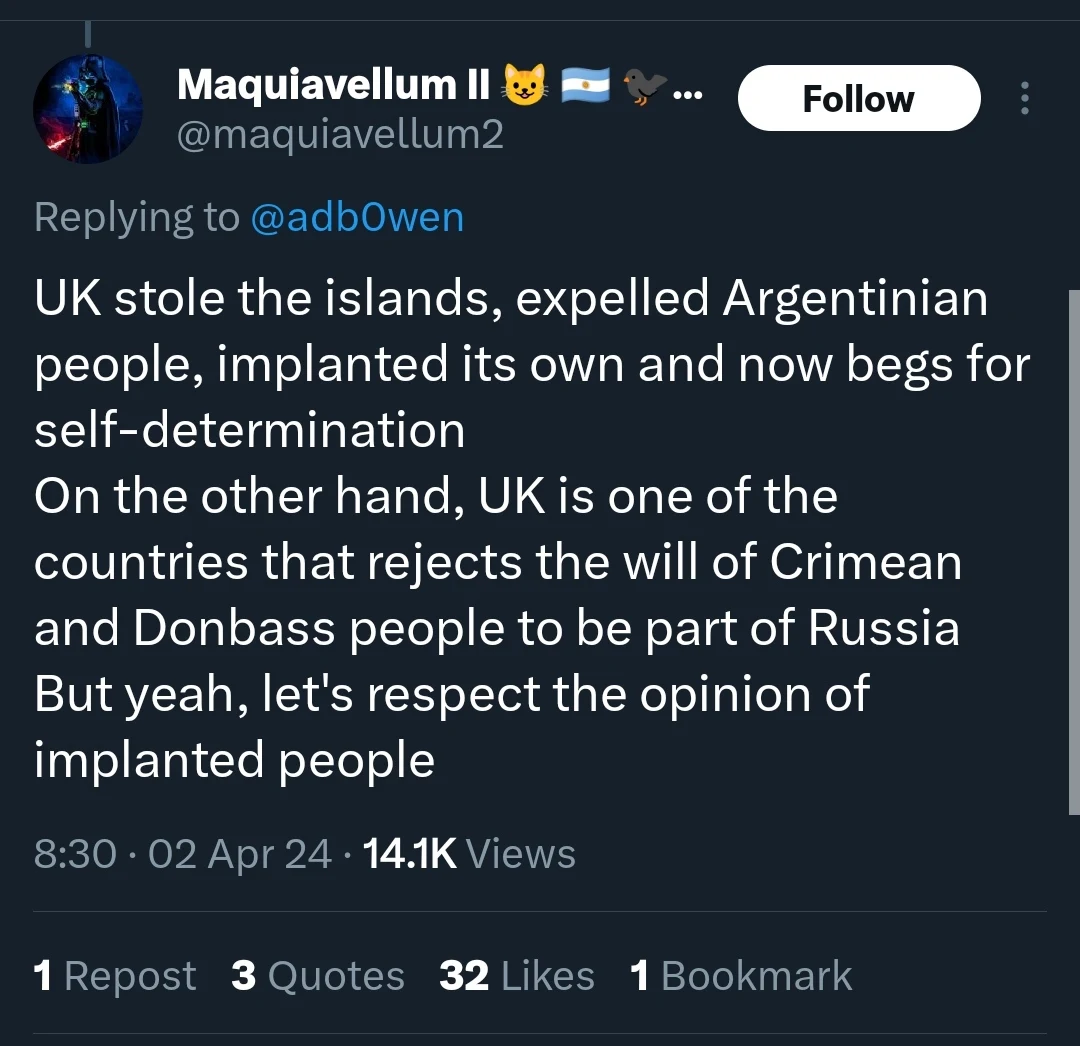
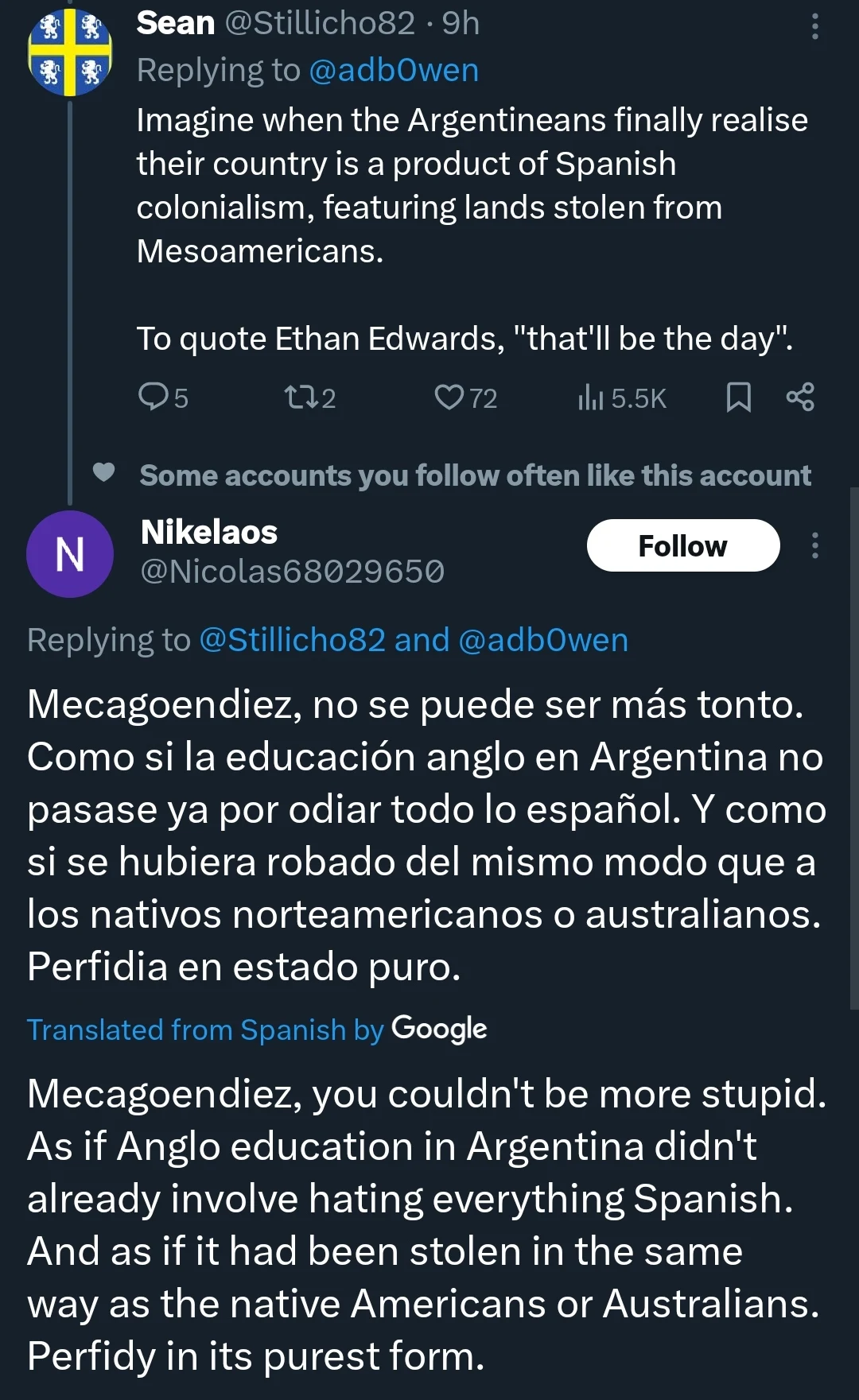
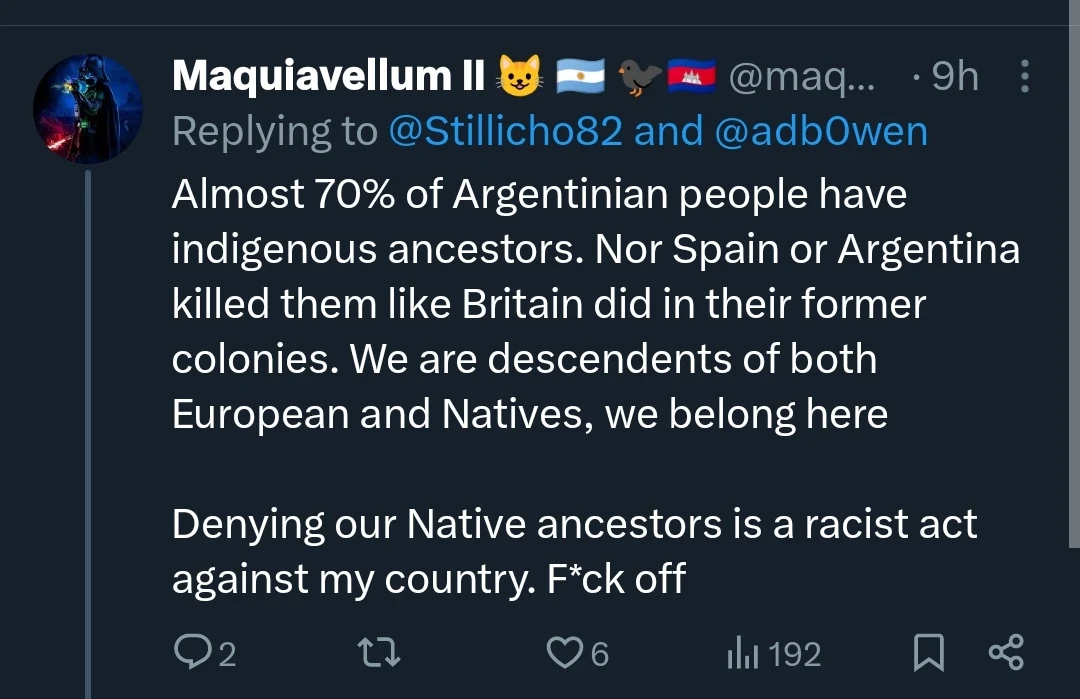


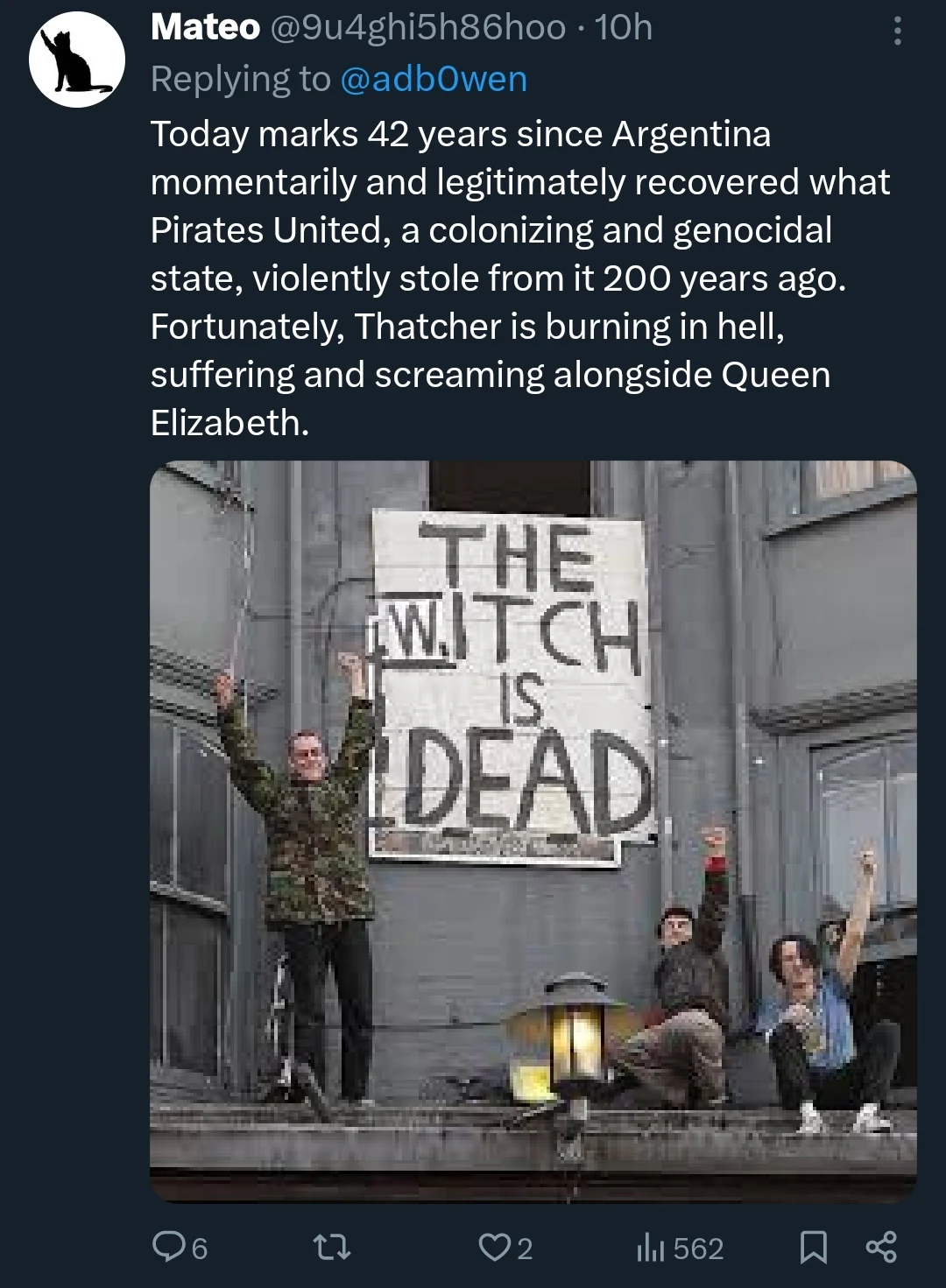














 Merchandise Owner
Merchandise Owner




 Mavis Enthusiast
Mavis Enthusiast 





















 Jan 1945 Brodcast
Jan 1945 Brodcast 





